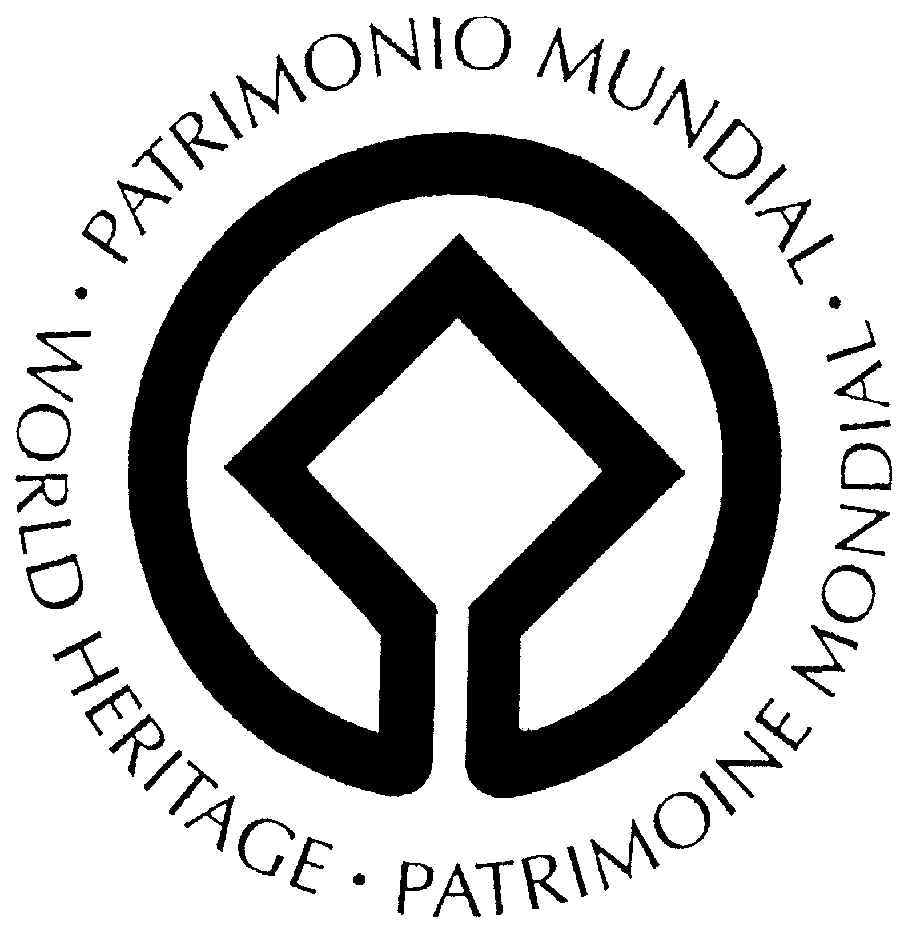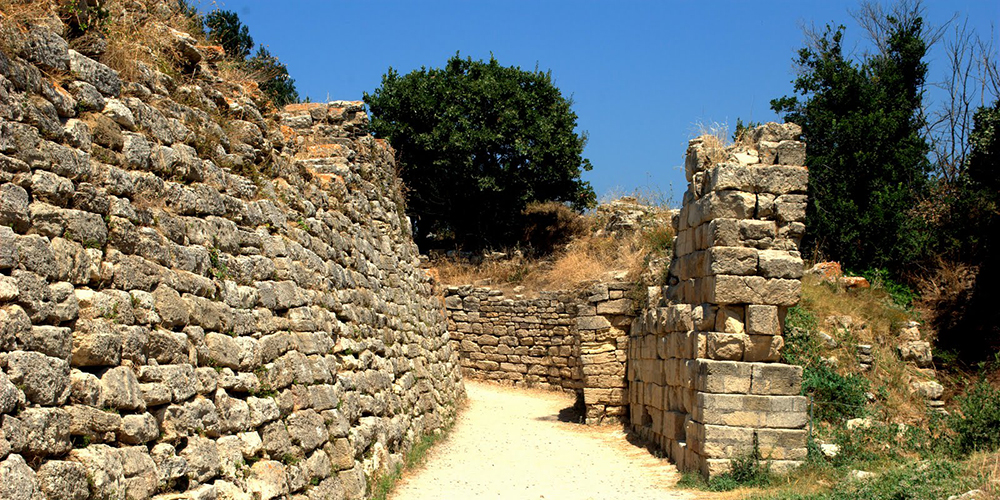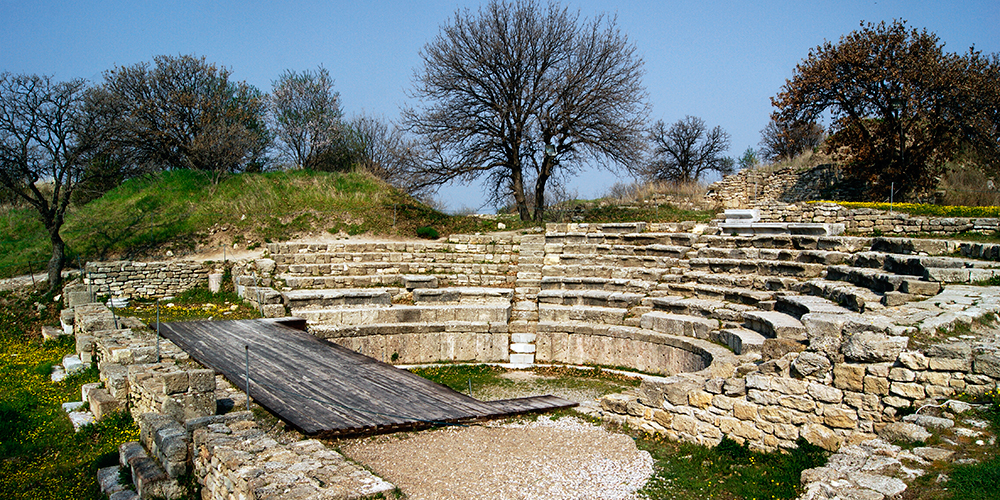Archaeological Site of Troy – Turkey
 Province of Çanakkale
Province of Çanakkale
N39 57 23.184 E26 14 20.4
Date of Inscription: 1998
Criteria: (ii)(iii)(vi)
Property : 158 ha – Ref: 849
Troy, with its 4,000 years of history, is one of the most famous archaeological sites in the world. The first excavations at the site were undertaken by the famous archaeologist Heinrich Schliemann in 1870. In scientific terms, its extensive remains are the most significant demonstration of the first contact between the civilizations of Anatolia and the Mediterranean world. Moreover, the siege of Troy by Spartan and Achaean warriors from Greece in the 13th or 12th century B.C., immortalized by Homer in the Iliad, has inspired great creative artists throughout the world ever since.
Outstanding Universal Value
Brief synthesis
The Archaeological Site of Troy has 4,000 years of history. Its extensive remains are the most significant and substantial evidence of the first contact between the civilizations of Anatolia and the burgeoning Mediterranean world. Excavations started more than a century ago have established a chronology that is fundamental to the understanding of this seminal period of the Old World and its cultural development. Moreover, the siege of Troy by Mycenaean warriors from Greece in the 13th century B.C., immortalized by Homer in The Iliad, has inspired great artists throughout the world ever since.
Troy is located on the mound of Hisarlık, which overlooks the plain along the Turkish Aegean coast, 4.8 km from the southern entrance to the Dardanelles. The famous archaeologist Heinrich Schliemann undertook the first excavations at the site in 1870, and those excavations could be considered the starting point of modern archaeology and its public recognition. Research and excavations conducted in the Troia and Troas region reveal that the region has been inhabited for 8,000 years. Throughout the centuries, Troy has acted as a cultural bridge between the Troas region and the Balkans, Anatolia, the Aegean and Black Sea regions through migration, occupation, trade and the transmission of knowledge.

24 excavation campaigns, spread over the past 140 years, have revealed many features from all the periods of occupation in the citadel and the lower town. These include 23 sections of the defensive walls around the citadel, eleven gates, a paved stone ramp, and the lower portions of five defensive bastions. Those archaeological remains date for the most part from Troy II and VI; however, a section of the earliest wall (Troy I) survives near the south gate of the first defences. In the last 15 years, it has become clear that a Lower City existed south of the mound in all prehistoric periods and extended to about 30 ha in the Late Bronze Age. Several monuments, including the temple of Athena and the recently excavated sanctuary, are part of the Greek and Roman city of Ilion, at the site of Troy. The Roman urban organization is reflected by two major public buildings on the edge of the agora (central market place), the odeion (concert hall) and the nearby bouleuterion (council house).
The surrounding landscape contains many important archaeological and historical sites, including prehistoric settlements and cemeteries, Hellenistic burial mounds, monumental tumuli, Greek and Roman settlements, Roman and Ottoman bridges and numerous monuments of the Battle of Gallipoli.
Criterion (ii): The archaeological site of Troy is of immense significance in the understanding of the development of European civilization at a critical stage in its early development. It documents an uninterrupted settlement sequence over more than 3,000 years and bears witness to the succession of civilisations. The role of Troy is of particular importance in documenting the relations between Anatolia, the Aegean, and the Balkans, given its location at a point where the three cultures met.
Criterion (iii): The Archaeological Site of Troy bears witness to various civilizations that occupied the area for over 4,000 years. Troy II and Troy VI provide characteristic examples of an ancient oriental city in an Aegean context, with a majestic fortified citadel enclosing palaces and administrative buildings, surrounded by an extensive fortified lower town. Several other monuments and remains reflect the characteristics of Roman and Greek settlements, and other distinct attributes bear witness to the Ottoman settlements.
Criterion (vi): The Archaeological Site of Troy is of exceptional cultural importance because of the profound influence it had on significant literary works such as Homer’s Illiad and Virgil’s Aeneid, and on the arts in general, over more than two millennia.
Integrity
The inscribed property contains all the necessary elements to express its Outstanding Universal Value. The archaeological remains still allow for an impressive insight into the Bronze Age city with its fortifications, palaces and administrative buildings. Of the Greek and Roman periods, two major public buildings on the edge of the agora have survived in almost complete condition.
Authenticity
The authenticity of the archaeological site is high, since there have been very few reconstructions. Those that have taken place on the defences have been carried out in strict accordance with the principles of anastylosis. The authenticity of the surrounding landscape is also high, and represents an organic development from prehistory to the present century that has not been subject to any obtrusive tourism development.
Source: Unesco.org

